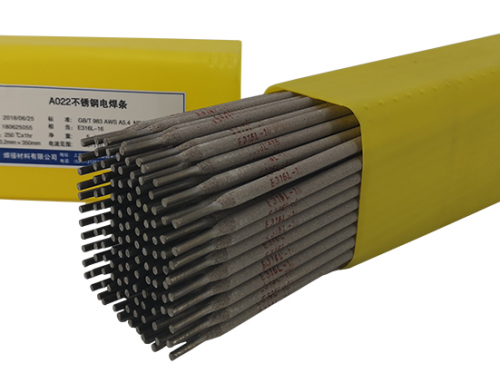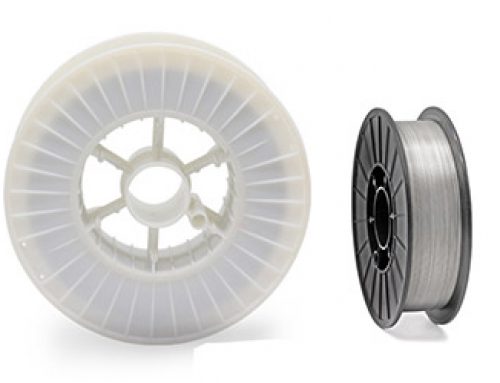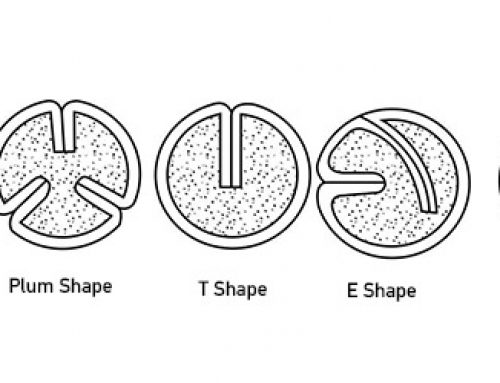Proper storage of the welding electrode is an important aspect to ensure the performance of the welding rod and the welding quality. The matters needing attention in the storage of the welding rod are as follows:
①The electrode should be stored in a dry and well-ventilated indoor warehouse. It is not allowed to place harmful gases and corrosive media in the electrode storage, and it should be kept neat and tidy. Welding electrodes in the library should be stored on the shelf, the height of the shelf from the ground is not less than 300mm, and the distance from the wall is not less than 300mm. The shelf should be placed with a desiccant to prevent the electrode from getting wet.
②Before entering the warehouse, the electrode should first check the warehouse receipt (production factory warehouse) or the manufacturer’s quality certificate (user warehouse), and sort and stack them according to type, brand, batch, specification, warehouse time, etc. Each stack should be clearly marked to avoid mixing.
③ After the electrode is supplied to the user, it can be guaranteed for at least six months. Welding electrodes in storage should be used before storage.
④ The storage and storage of special electrodes should be higher than that of general electrodes. Special electrodes should be stacked in special warehouses or designated areas. Electrodes that are damp or damaged by packaging are not allowed to enter the warehouse without treatment.
⑤ For electrodes that have been exposed to moisture, discoloration of the coating, or rust on the welding core, the quality must be evaluated after drying. Only after the performance indicators meet the requirements, can they be put into storage, otherwise they are not allowed to be put into storage.
⑥Generally, the amount of welding rods that can be taken out at a time should not exceed two usages.
⑦The thermometer and hygrometer should be installed in the electrode storage. The indoor temperature of the low-hydrogen electrode should not be lower than 5 ℃, and the relative humidity should be lower than 60%.
In order to ensure the quality of welding, the electrode should be dried before use (except in the electrode specification that the electrode does not need to be dried or cannot be dried). By drying, the adsorbed moisture in the electrode coating can be removed, and the amount of dehydration mainly depends on the drying temperature and time. Generally, it can’t be dried more than three times, so as to avoid the deterioration and cracking of the coating to affect the welding quality.



